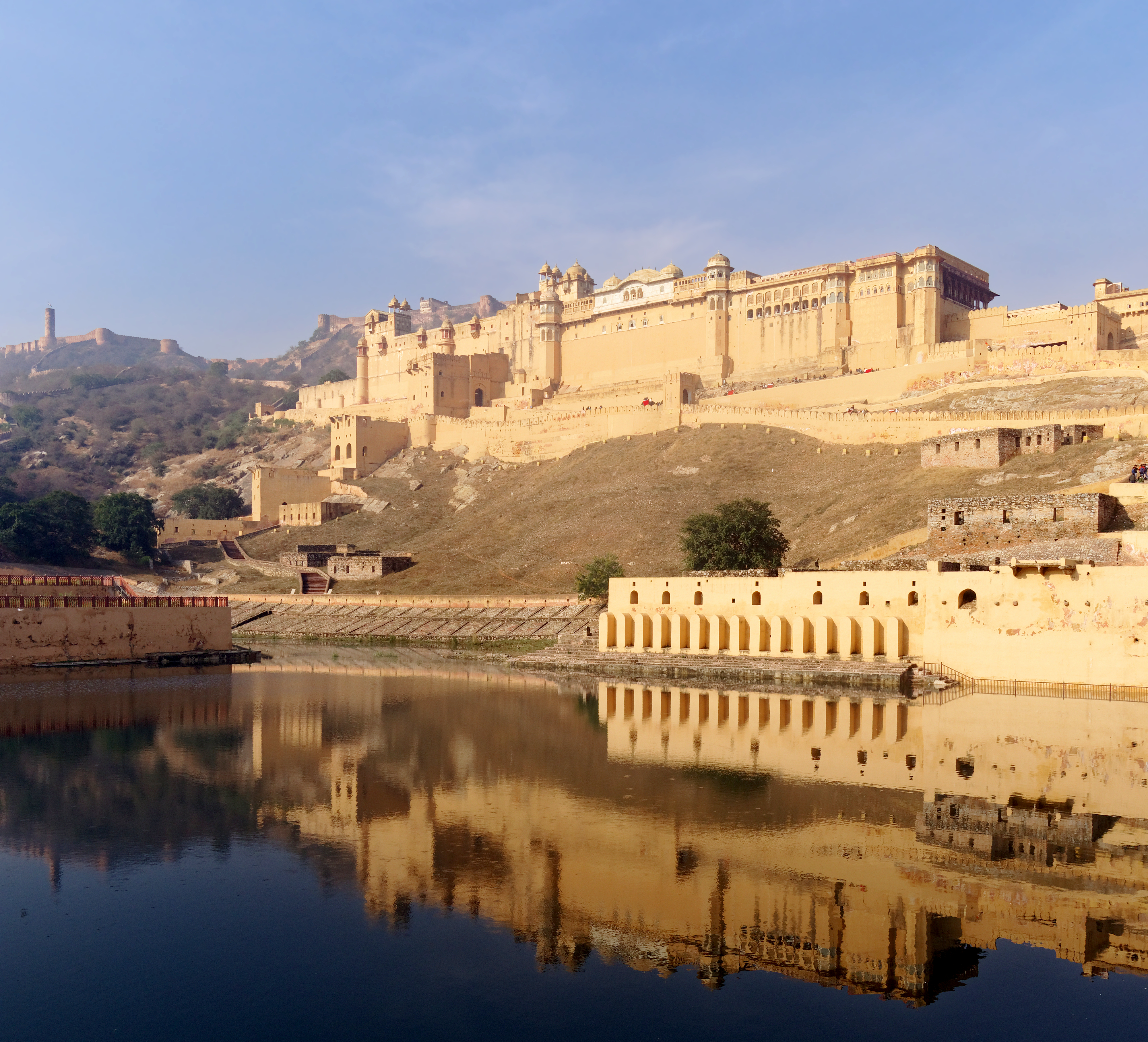The Potala Palace: An Iconic Landmark of Tibetan History

I was excited to visit the Potala Palace, an architectural masterpiece and one of the most important cultural heritage sites in the world. It used to be a residence of the Dalai Lama and also served as the political and religious center of Tibet. The palace has over 1,000 rooms and is situated on a hill, giving it a commanding view of the city. The palace is made up of two main parts, the White Palace and the Red Palace. The White Palace was used for administrative purposes, while the Red Palace was used for religious functions. I was fascinated by the intricate designs and decorations on the walls and ceiling, as well as the many religious artifacts on display. I learned that the Potala Palace was built over a span of 50 years, starting in the 7th century, by King Songtsen Gampo. It has since undergone several renovations and expansions. Despite its rich history and cultural significance, the Potala Palace has faced numerous challenges, including damage caused by natural disasters and human activity. Efforts are being made to preserve and restore this iconic landmark.

